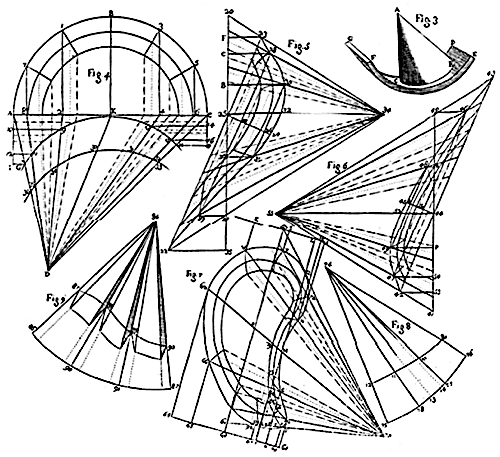Special Topics in History of Art: Vision and Mathematics in Baroque Architecture

This seminar examines the curvilinear forms and theatrical spaces of Baroque architecture in terms of vision—formal, aesthetic, and symbolic goals driven by certain cultural values, and mathematics—the geometrical methods, carried out using simply a straight edge and compass, by which these goals were achieved. We will focus on Bernini and Borromini and their followers in and outside of Italy, considering the cultural context in which they worked (political, social, religious) as well as the technical means available to them (drawing techniques, materials, construction methods). In order to create a foundation for understanding the phenomenon of Baroque form, during the first half of the course we will investigate the ways in which mathematics drove the creation of architecture during the classical, medieval, and Renaissance periods: how proportion and geometry were understood and how they were applied in design. Throughout the course, students will be encouraged to draw parallels between the mathematical basis of form creation in past architecture, including the Baroque, and the methods for creating complex geometries in today's architecture.